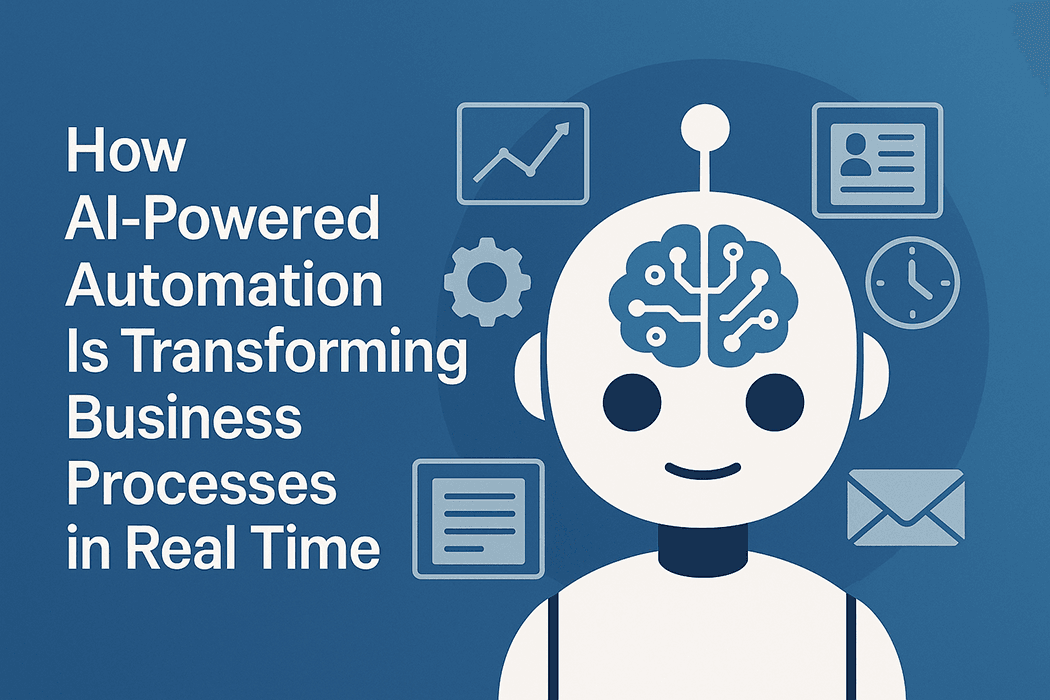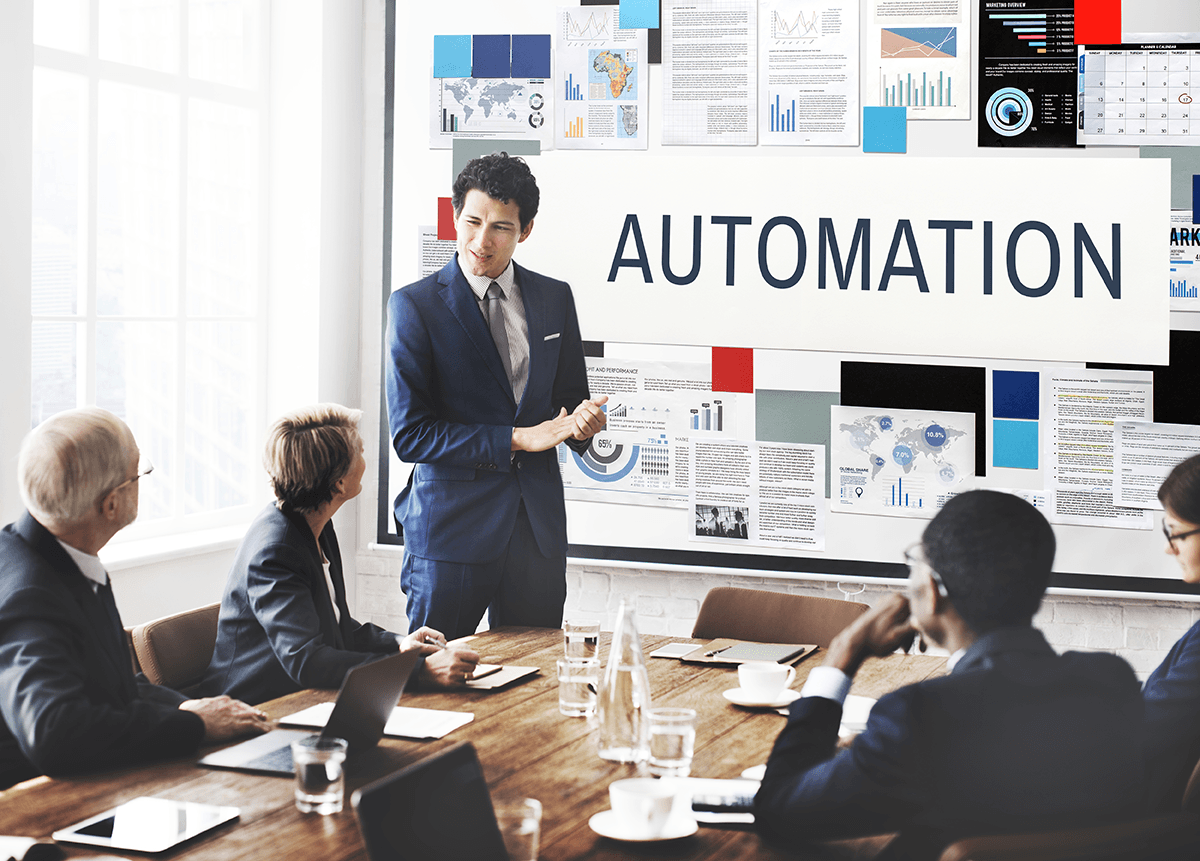How AI-Powered Automation Is Transforming Business Processes in Real Time
In today’s hyper-connected world, business moves fast—faster than legacy systems and outdated workflows can handle. Whether it’s responding to a supply chain disruption, routing customer queries, or optimizing production, companies need to act in real time. Enter AI-powered automation: a new wave of intelligent systems that do more than just repeat tasks—they learn, adapt, and respond instantly.

Introduction
In today’s hyper-connected world, business moves fast—faster than legacy systems and outdated workflows can handle. Whether it’s responding to a supply chain disruption, routing customer queries, or optimizing production, companies need to act in real time. Enter AI-powered automation: a new wave of intelligent systems that do more than just repeat tasks—they learn, adapt, and respond instantly.
The Shift from Traditional to AI-Powered Automation
Traditional process automation relied on static rules and predefined logic. It worked well for structured, repetitive tasks—but struggled with exceptions, context, and change. AI-powered automation brings a new dimension by embedding intelligence into workflows. With machine learning, systems can now recognize patterns, predict outcomes, and handle complex decisions on the fly.
What Real-Time AI Automation Looks Like
Imagine a logistics company whose AI engine instantly reroutes deliveries based on weather forecasts, traffic data, and warehouse capacity—without human intervention. Or a finance team that uses an AI model to approve expense claims in seconds, flagging anomalies in real time. These aren’t just futuristic visions—they’re happening today.

The Tech Behind the Transformation
Several technologies converge to make this possible:
• Machine Learning (ML) for pattern recognition and predictive analytics
• Natural Language Processing (NLP) to understand and respond to human input
• Process Mining to uncover automation opportunities dynamically
• Real-time APIs and Event-Driven Architecture to enable low-latency decisions
Together, they empower systems to perceive, decide, and act at speed.
Business Benefits You Can’t Ignore
• Faster Decisions: Move from data to action instantly
• Reduced Operational Costs: Automate high-volume, low-value tasks
• Scalability: Expand operations without linear increases in headcount
• Increased Resilience: Adapt to changes without manual reconfiguration
• Improved Customer Experience: Respond to users and customers in real time
Use Cases Across Industries
• Manufacturing: Predictive maintenance and dynamic scheduling
• Healthcare: AI-assisted diagnostics and real-time triage
• Finance: Fraud detection and instant loan processing
• Retail: Personalized promotions based on browsing behavior
• Customer Service: AI agents handling 70–80% of incoming tickets autonomously
What’s Next? Autonomous, Self-Improving Processes
The future of AI-powered automation lies in adaptive, self-improving workflows. Imagine systems that not only execute tasks but learn from each cycle, continuously optimizing how work is done. Businesses will increasingly rely on autonomous processes that require minimal human supervision—freeing up talent for innovation and strategy.
Final Thoughts
AI-powered automation is no longer a luxury—it’s a competitive advantage. Businesses that adopt it are not just speeding up their processes; they’re redefining how work gets done.
🚀 Want to see it in action? Discover how our web-based intelligent process automation platform can help you automate smarter, faster, and in real time: iipa.io